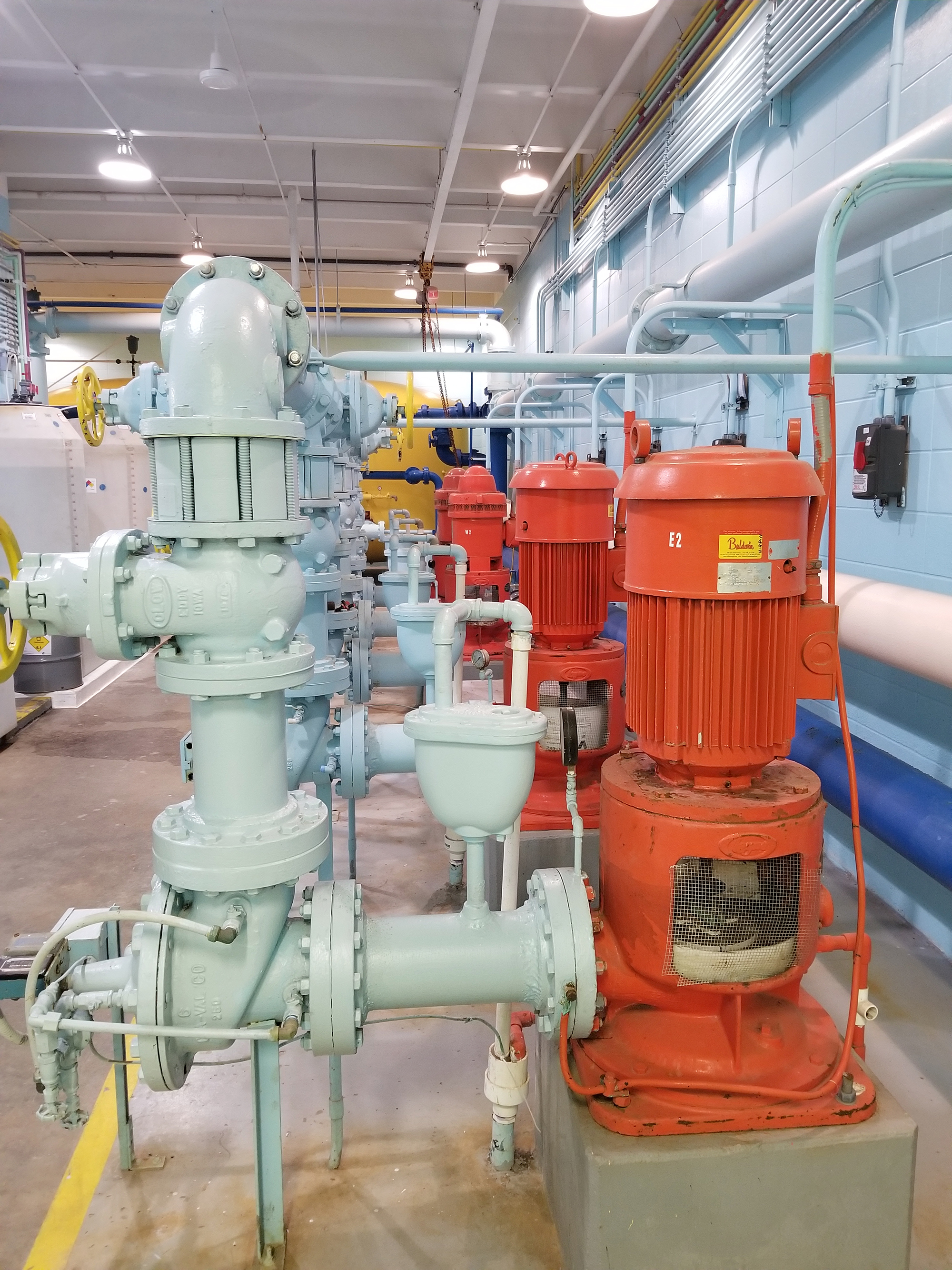 ,
, 
Extensive repairs and equipment upgrades will be completed within the Rock County Rural Water System over the next five years.
System manager Ryan Holtz outlined the 2019-2023 capital outlay plan to county commissioners who gave him the green light to apply for a low-interest loan to speed up the repairs and upgrades to the 41-year-old pipeline.
The plan outlines a total of $586,200 for improvements to computers, pumps, buildings, filters and the water tower located near Magnolia.
Almost half of the plan’s costs ($250,000) would be covered by a low-interest loan from the Minnesota Department of Health and paid back over a 20-year period.
Holtz said the loan would keep rural water’s operation-debt ratio more in balance.
Currently rural water has $3.2 million in operation reserves with $2.8 million debt from a recent expansion.
“We are still keeping our debt reasonable with what we have in reserves,” he said at the Feb. 19 County Board meeting. “I don’t want things to get out of whack.”
Topping the list of necessary repairs is $183,500 in technical upgrades planned for later this year.
“Basically the computer system out there where everything communicates and controls the plants — booster stations — is old,” Holtz said.
“A lot of it is original install.”
Replacement of the 1979 system would allow regulation of pump speeds for increased efficiency and would alert personnel if problems arise.
“The way we know people are out of water now is that someone calls,” Holtz said. “In my mind that is totally unacceptable.”
Coupled with this year’s technical upgrade are plans to replace the seven vertical pumps critical to the system’s operation.
Holtz estimated replacement at $25,000 to $30,000 for each pump and scheduled one replacement for this year, one in 2021 and another in 2023.
Next year, repair plans focus on the system’s water tower located near Magnolia. Costs are estimated at $59,700.
“It’s got big rust spots inside of it,” Holtz said. “The paint is starting to chip off and sooner or later it will rust through.”
Also planned for 2020, are building repairs for an estimated $10,000.
In 2021, $135,000 replaces the east side iron filters. In 2022 and 2023, $105,000 is planned for the aging pipe and additional pump repairs.
Development for the capital outlay plan and systemic upgrades came from Holtz, who was hired as rural water manager last year.
“We have to get on a regular maintenance schedule,” he said.
The rural water board of supervisors supported Holtz’s plan for improvements in the six key areas involving the almost 400-mile pipeline system.
Commissioner Stan Williamson serves on the Rural Water Board.
“We have a manager that is fixing, repairing and watching stuff that probably didn’t get looked at before,” he said.
Expansion is continuing under Holtz’s direction.
There were 13 new connections in 2018 including the Blue Mounds State Park and five connections are already planned for this spring.
Rural water brings drinkable water to five cities and nine townships located in the southern two-thirds of the county, or about 785 connections.
Mineral deposits and high nitrate counts are prompting more interest in connecting with rural water as a dependable source.
“The water we have under the ground (in some areas of the county) is not very good,” Holtz said. “If you pump it right to your tap, put it in a glass and set it on your window sill, it’s going to have iron in it.”
Comments from area pork producers using water from the system versus their own wells report positive results.
“We’ve had farmers tell us their death rates go way up in the hog barns when they switch back to well water,” Holtz said.
A regular maintenance schedule would prevent water interruptions and allow the planning of future expansions and service upgrades.
Support for Holtz’s maintenance plan received consensus from the board, including Commissioner Jody Reisch, who wrapped up the 35-minute discussion with Holtz.
“I appreciate all department heads doing the capital purchases and thinking five, six, 10 years out in the future and trying to make sure we have and actually add better and higher quality services to our customers,” he said.
“Reliability is the most important, especially for our ag producers. I appreciate what you are doing.”



